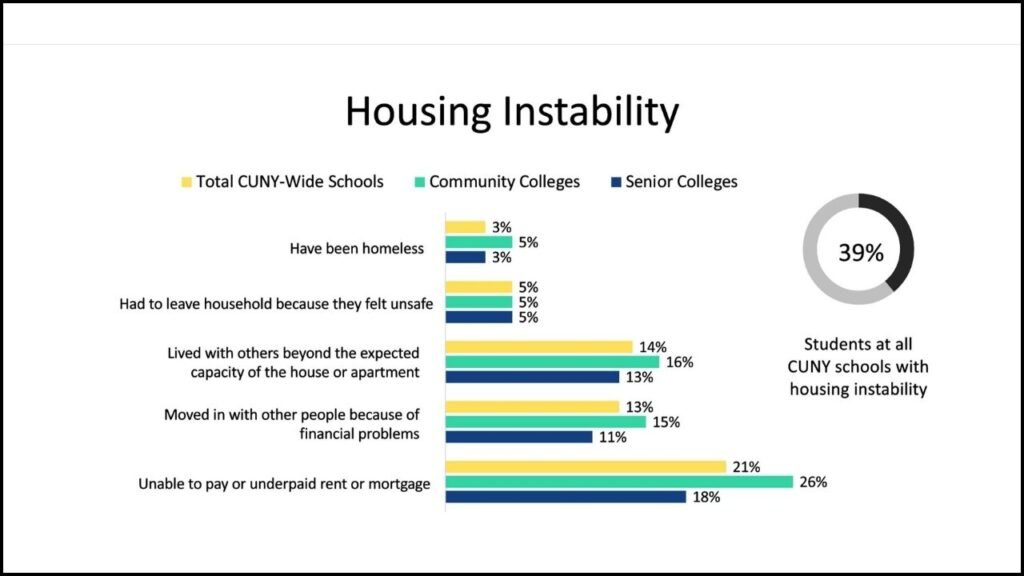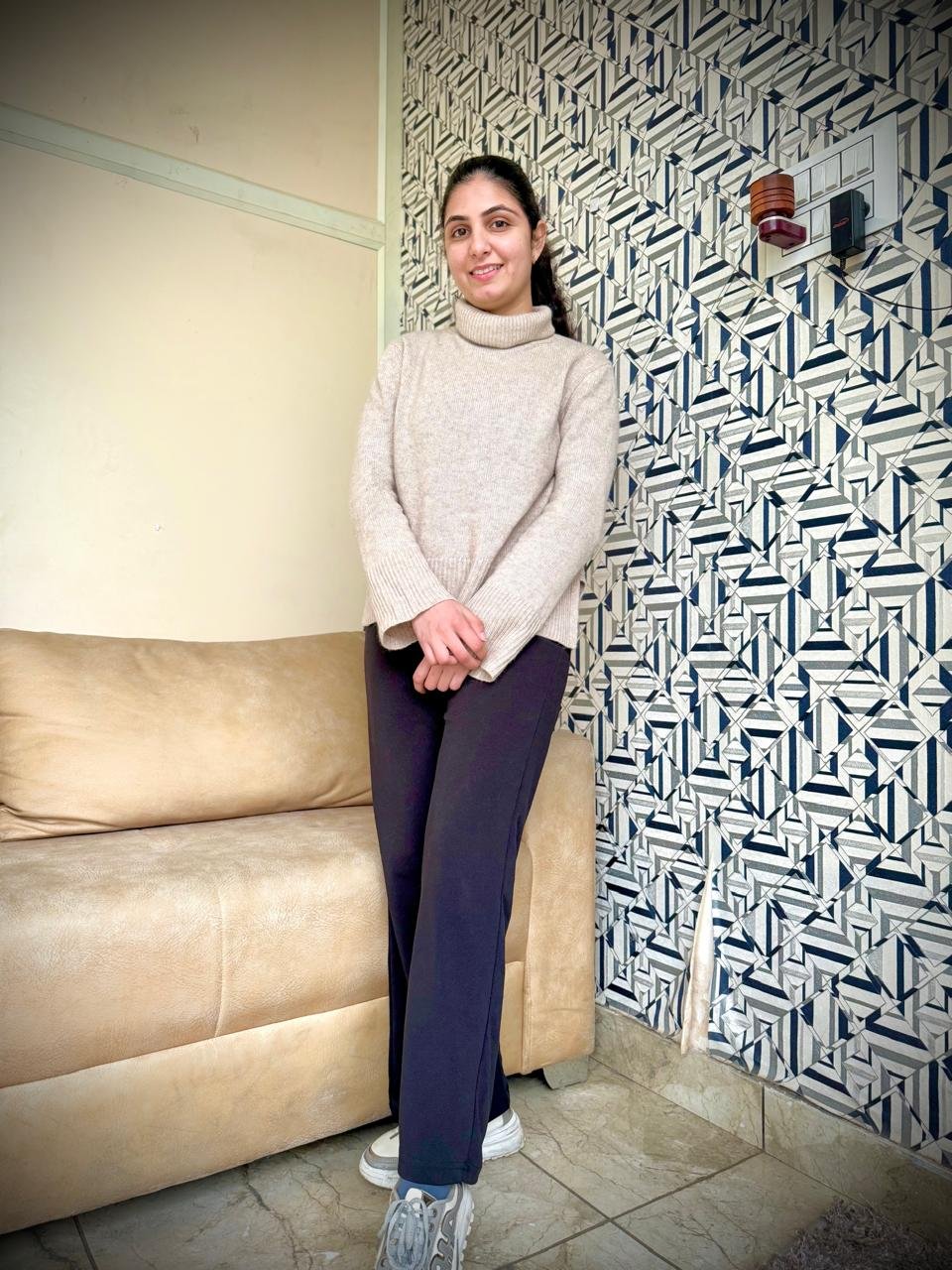
Housing instability creates serious challenges for individuals and families across many communities. A stable place to live is more than just a roof over one’s head—it plays a major role in physical, mental, and emotional health. Poor housing conditions, frequent moves, overcrowding, and the risk of eviction can negatively impact people’s well-being in many ways. Understanding the connection between housing and health is important to create better solutions that support both social and medical outcomes.
Table of Contents
Types of Housing Instability
Housing instability includes various situations where people face uncertainty about their living conditions. These conditions are linked to both poverty and systemic inequality.
- Homelessness
People live in shelters, vehicles, on the streets, or in places not meant for habitation. - Overcrowding
Families live in spaces too small for the number of occupants, often due to high rent costs. - Frequent Moves
Tenants may need to move often because of rising rents, job changes, or unsafe conditions. - Risk of Eviction
Households unable to pay rent or meet lease conditions face eviction threats. - Living in Unsafe or Unhealthy Homes
Buildings with mold, poor plumbing, or a lack of ventilation contribute to illness.
Common Causes of Housing Instability
Several social and economic factors increase the risk of housing insecurity.
| Cause | Explanation |
|---|---|
| Low Income | Insufficient wages make it hard to afford rent or mortgage payments. |
| Unemployment | Job loss leads to a loss of income, reducing the ability to pay for housing. |
| High Rent Costs | Rental prices increase faster than wages, especially in urban areas. |
| Lack of Affordable Housing | Not enough low-cost housing options are available. |
| Domestic Violence | Victims may leave home for safety, leading to homelessness. |
| Systemic Racism | Discrimination in housing markets limits choices for minority communities. |
Physical Health Effects of Housing Instability
Unstable housing affects the body in several harmful ways. People without secure homes are more likely to experience disease and injury.
- Respiratory Problems
Damp homes and mold increase the risk of asthma and lung infections. - Chronic Illness Worsening
Managing diabetes, heart conditions, or cancer becomes difficult without safe housing. - Infectious Diseases
Homelessness and overcrowding increase exposure to diseases like tuberculosis. - Poor Nutrition
Lack of kitchen access leads to dependence on fast food, increasing obesity and diabetes risk. - Sleep Disorders
Noise, cold, or unsafe environments disturb sleep patterns.
Mental Health Effects of Housing Instability
Housing uncertainty causes emotional stress and mental health problems.
- Anxiety and Depression
Constant fear of losing a home creates psychological distress. - Post-Traumatic Stress
Eviction or violence in shelters can result in trauma. - Isolation
Homeless people often lose social connections, making recovery harder. - Substance Use Disorders
Some individuals turn to drugs or alcohol to cope with housing stress. - Suicidal Thoughts
Severe housing insecurity increases the risk of suicide.
Impact on Children and Youth
Children suffer long-term effects from unstable housing during important developmental stages.
| Area of Impact | Effect on Children |
|---|---|
| Education | Frequent school changes lead to poor academic performance. |
| Mental Health | Anxiety, depression, and behavior issues are common. |
| Physical Health | Higher risk of infections, poor nutrition, and delayed growth. |
| Safety and Stability | Homeless shelters or overcrowded homes are often unsafe for children. |
Connection Between Housing and Healthcare Access
Stable housing improves access to healthcare. Without a permanent address, people often miss medical care and preventive services.
- Difficulty Registering at Clinics
Many healthcare providers require a stable address to open a file. - Missed Appointments
People who move often find it hard to keep scheduled visits. - No Storage for Medicines
Lack of refrigeration or storage affects proper medication use. - Emergency Room Overuse
People without homes rely on ERs for non-emergency issues due to a lack of options.
Groups Most Affected
Housing instability does not impact all people equally. Some groups are more vulnerable than others.
| Group | Reason for Increased Risk |
|---|---|
| Low-Income Families | Financial stress leaves little room for rent increases or job loss. |
| Elderly | Fixed incomes and health issues make housing harder to maintain. |
| Minorities | Face discrimination in both housing and job markets. |
| People with Disabilities | Need accessible homes, which are often in short supply. |
| LGBTQ+ Youth | The Risk of family rejection leads to homelessness. |
Solutions and Support Systems
Communities, governments, and health systems must work together to reduce housing instability and protect health.
- Affordable Housing Programs
Subsidized housing or rent control helps families stay in their homes. - Eviction Prevention Services
Legal help and emergency funds prevent loss of housing. - Shelter Improvements
Clean, safe shelters with access to healthcare support well-being. - Integrated Housing and Healthcare Models
Clinics and case workers embedded in housing units assist with both health and social needs. - Job Training and Employment Services
Stable income helps people afford long-term housing.
Examples of Successful Programs
| Program Name | Location | Key Feature |
|---|---|---|
| Housing First | Various cities | Provides housing without conditions, then adds support. |
| Healthy Homes Initiative | U.S. Government | Focuses on improving housing conditions for better health. |
| Pathways to Housing | New York | Combines housing with mental health treatment. |
| Supportive Housing | California | Helps chronically homeless people with long-term needs. |
Policy Recommendations
Governments and public health departments should address the root causes of housing instability.
- Increase Housing Funding
Allocate more resources to low-income and public housing programs. - Protect Renters’ Rights
Pass laws to prevent unfair evictions and rental discrimination. - Expand Healthcare Access
Offer mobile clinics and street medicine for unhoused individuals. - Improve Data Collection
Monitor housing-related health outcomes to guide better policies.
Final Analysis
Housing instability is a powerful force that shapes health across physical, mental, and emotional dimensions. From increasing hospital visits to reducing school performance in children, unstable housing conditions leave deep marks. A secure home acts like a foundation for good health. When people have a safe, stable place to live, they can focus on staying healthy, working, studying, and building a future. Solving the housing crisis will not only improve communities but also lead to healthier lives for everyone.





